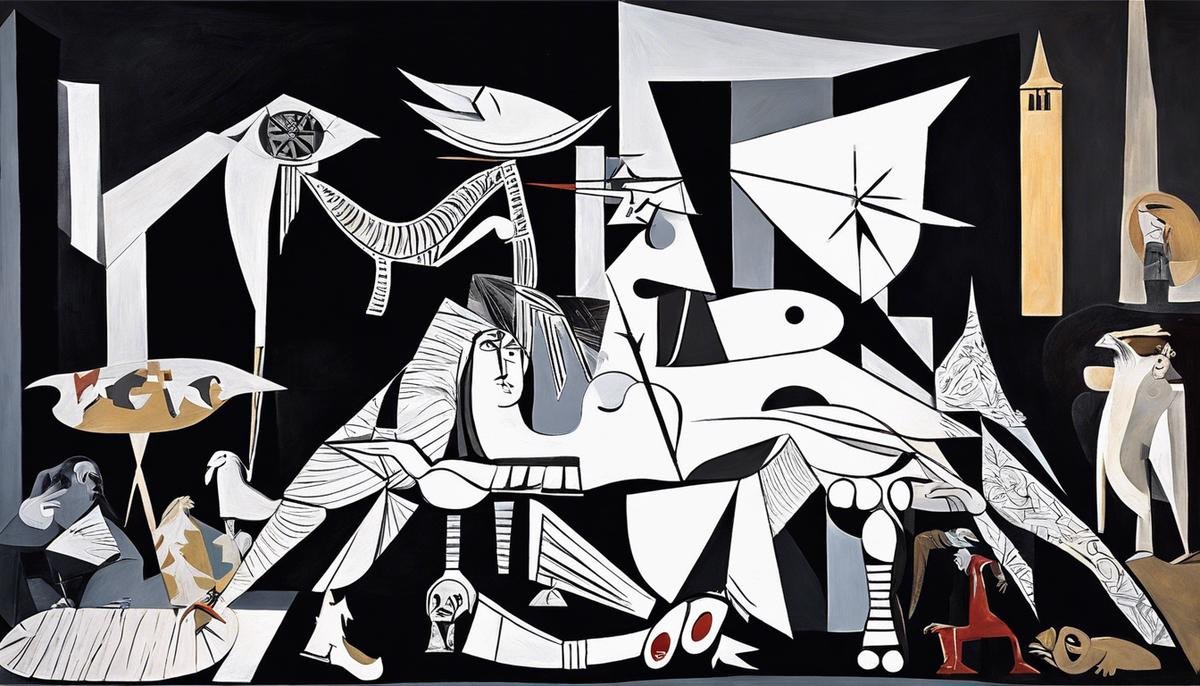The term Basqueserpartists may not be immediately familiar to all readers, but it holds significant relevance in understanding the unique cultural and political dynamics of the Basque Country. The word blends two key concepts: the Basque identity and a subset of artists who have deeply influenced the region’s cultural and political landscape.
In this article, we will explore the origins and evolution of the Basqueserpartists, their contribution to the arts, and the intertwining of their creative endeavors with the Basque fight for identity, independence, and recognition. To fully grasp the importance of these artists, one must first understand the context in which they emerged and the struggles they faced.
Who Are the Basqueserpartists?
The Basqueserpartists are a group of Basque artists who have used their creative expression to reflect the challenges and the aspirations of the Basque people. These artists can be musicians, painters, writers, and performers who identify strongly with the Basque identity. Their work often integrates themes of Basque culture, history, and language, as well as political movements focused on the Basque Country’s autonomy and independence.
Emerging in the late 20th century, particularly during the Spanish Civil War and the subsequent Franco regime, these artists have helped in articulating the desire for cultural preservation and self-determination. In an era where the Spanish government suppressed the Basque language and culture, these Basqueserpartists became vocal figures representing the region’s distinct identity.
The Historical Context of Basque Identity
To understand the significance of Basqueserpartists, one must first consider the historical context of the Basque people. The Basques are an indigenous ethnic group living primarily in the Basque Country, which straddles northern Spain and southwestern France. The Basque language, Euskara, is one of the oldest languages in Europe and is unique in its isolation from other linguistic families.
Over the centuries, the Basques have faced oppression and marginalization, particularly under the rule of Spain. During the 20th century, the Basque Country experienced significant cultural suppression under the Franco regime, with a crackdown on the Basque language and autonomy. This historical backdrop set the stage for the rise of artists who sought to reclaim and promote their culture through creative expression.
The Birth of the Basqueserpartists Movement
The Basqueserpartists movement can be traced back to the post-Franco era when the Basque people began to seek greater autonomy from Spain. The 1970s and 1980s were pivotal years in the Basque Country’s cultural and political history, marked by the increasing political activity of Basque nationalist groups and the establishment of Basque self-government.
Artists played a crucial role in this transformation, as they used their platforms to amplify the message of cultural preservation and resistance against the repression faced by the Basque people. The Basqueserpartists movement emerged as a way for artists to channel their experiences and struggles into tangible forms of art, from visual art and sculpture to music and literature.
The Role of Music in the Basqueserpartists Movement
One of the most prominent areas where the Basqueserpartists made their mark was in music. Basque musicians, particularly folk singers and composers, began using their art as a tool for political expression. These musicians helped revive traditional Basque music and modernized it to convey contemporary political messages.
Notable figures in the Basque music scene, such as Mikel Laboa, became symbols of resistance. Laboa, for instance, used his music to promote the Basque language and culture, all while subtly critiquing the Spanish government’s policies towards the Basque people. His songs were often infused with symbols of resistance, reflecting the frustrations of a generation that had lived through Franco’s oppressive rule.
Visual Arts: A Canvas of Basque Identity
The visual arts also became a powerful form of expression for Basqueserpartists. Renowned Basque painters and sculptors like Eduardo Chillida and Jorge Oteiza used their art to evoke national pride and create representations of Basque heritage. Their works often incorporated elements of Basque history, mythology, and the landscape of the Basque Country itself.
Chillida, in particular, is known for his large-scale sculptures that explore the themes of space, time, and the human connection to the land. Many of his works are located in the Basque Country and are seen as a tribute to the region’s rugged, natural beauty. His pieces are not merely aesthetic; they represent the resilience and strength of the Basque people.
Similarly, Oteiza’s works, which often dealt with abstraction and minimalism, have been interpreted as symbols of Basque nationalism. His art conveyed the tensions of a people struggling to assert their identity while under the shadow of oppression.
Literature and Writing: Documenting the Basque Struggle
In addition to visual arts and music, literature also played an important role in the Basqueserpartists movement. Basque writers, poets, and playwrights used their words to document the social and political struggles faced by the Basque people. They sought to preserve the Basque language, Euskara, through their writings while also addressing the political issues surrounding the Basque independence movement.
One of the key figures in Basque literature is Bernardo Atxaga, whose works, like The Accordionist’s Son, depict the complexities of life in the Basque Country. His writings provide insight into the historical and social conditions that influenced the Basqueserpartists and are a testament to the power of storytelling as a tool for cultural resistance.
The Political Engagement of Basqueserpartists
The Basqueserpartists did not shy away from engaging in political activism. Many of them were involved in or supported the political movements advocating for the Basque Country’s independence or greater autonomy. The cultural repression experienced by the Basque people under the Franco regime fueled a desire for freedom and self-determination.
The Basqueserpartists were often aligned with groups like ETA (Euskadi Ta Askatasuna), which sought independence for the Basque Country through armed struggle. While the ETA’s violent methods have been a subject of controversy, many artists sympathized with the group’s cause and used their art to rally support for Basque nationalism.
However, it is important to note that the movement was diverse, and not all Basqueserpartists were politically radical. Some artists chose to focus on cultural expression without engaging directly in political activism. Their work was still an integral part of the broader struggle for Basque identity, independence, and cultural preservation.
The Evolution of the Basqueserpartists Movement in the 21st Century
As we entered the 21st century, the Basqueserpartists movement continued to evolve. The end of ETA’s armed struggle in 2011 marked a significant turning point, as the Basque people shifted from violent resistance to more peaceful and democratic forms of political expression. Despite this, the role of artists in promoting Basque culture and identity remained as important as ever.
Contemporary Basqueserpartists continue to explore the intersections of culture, politics, and identity through their work. Today’s artists are more diverse in their approach, with many focusing on global issues while still remaining firmly rooted in Basque culture. They tackle subjects such as migration, global warming, and social justice, while maintaining a connection to their Basque roots.
In the digital age, Basqueserpartists have also embraced new technologies, including social media and digital art platforms, to reach broader audiences. These artists are now able to present their work on a global stage while still preserving the uniqueness of Basque culture.
Conclusion: The Legacy of Basqueserpartists
The legacy of the Basqueserpartists is one of resilience, creativity, and resistance. These artists have played a crucial role in preserving and promoting Basque culture while also reflecting the political struggles of their people. Whether through music, visual art, literature, or political activism, Basqueserpartists have left an indelible mark on both the Basque Country and the wider world.
As the Basque Country continues to evolve politically and culturally, the work of these artists remains a testament to the power of creative expression as a tool for cultural preservation and political change. The Basqueserpartists movement, rooted in the struggle for Basque identity, continues to inspire future generations of artists and activists.
In the years to come, we will undoubtedly see new Basque artists rise up, using their talents to both honor the traditions of the past and shape the future of the Basque Country. The legacy of the Basqueserpartists ensures that the Basque identity, language, and culture will continue to thrive for generations to come.


